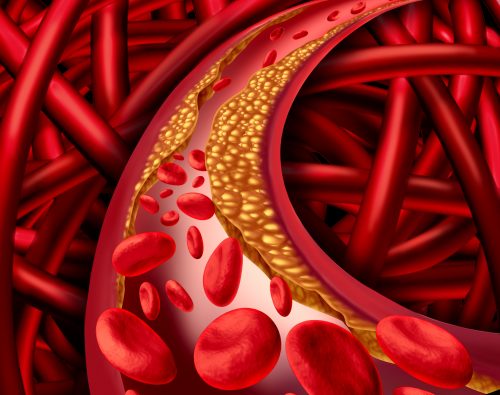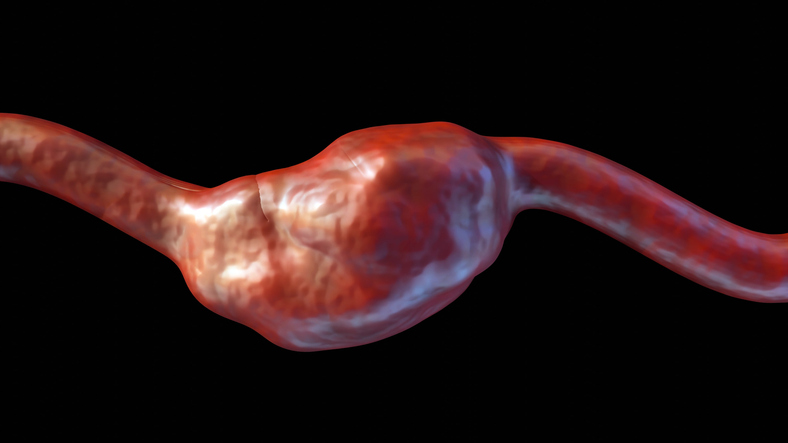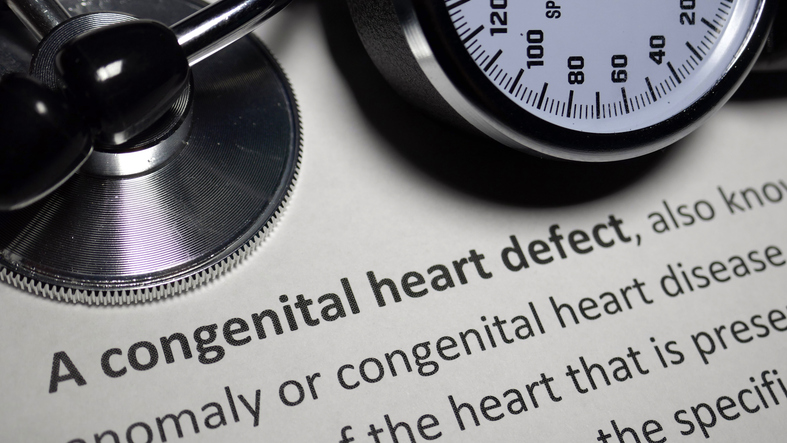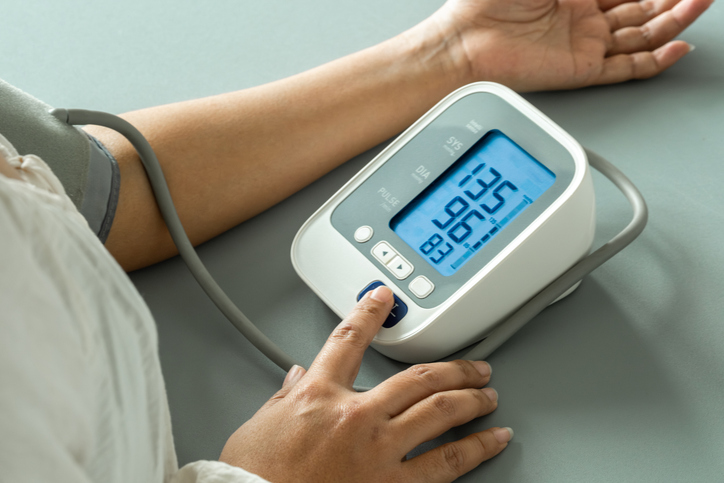
A low testosterone-estradiol ratio in males with atherosclerotic cardiovascular disease was associated with increased risk for systemic inflammation and future cardiovascular events according to a corrected proof published in Cardiovascular Research.
Researchers for the study examined testosterone and estradiol concentrations from blood samples drawn from 611 male patients with severe atherosclerosis undergoing carotid endarterectomy in the Athero-Express Biobank Study.
Testosterone to oestradiol ratio reflects systemic and plaque inflammation and predicts future cardiovascular events in men with severe atherosclerosis https://t.co/bu2pisGila@escardio @CVR_TomaszGuzik #CVR #ESCCoT #freeaccess pic.twitter.com/j2g4xX9hQJ
— European Society of Cardiology Journals (@ESC_Journals) December 19, 2018
According to the abstract, a low testosterone-estradiol ratio was linked with unfavorable inflammatory profiles, including higher levels of C-reactive protein (P<0.001) and higher leukocyte counts (P=0.001). There was also a negative association between low testosterone-estradiol ratio levels and neutrophil numbers (P=0.012), plaque calcifications (P=0.044), interleukin-6 (P=0.009), and interleukin-6 receptor (P=0.024) was observed. Multivariate Cox regression analysis suggested that a low testosterone-estradiol ratio was independently linked with a higher risk for major adverse cardiovascular events (P=0.043). These effects were strongest in males with elevated BMI.
Proud of our newest finding that testosteron to estrogen ratio predicts #CVD in men in @ESC_Journals: https://t.co/XPbmJyUwCB
— Hester den Ruijter (@InnovatieHester) July 23, 2018
In men w/ atherosclerosis, ⬇️ T/E2 ratio associated w/ ⬆️ inflammation, risk of major cardiovascular events, particularily in those with ⬆️ BMIhttps://t.co/vYaIjdEWe3#atherosclerosis #obesity #testosterone #inflammation #cardiovascular
— Nick Krontiris (@nick_krontiris) July 29, 2018
“These effects are strongest in men with elevated BMI and are expected to be affected by aromatase activity in white fat tissues,” the researchers concluded. “Normalization of testosterone-estradiol ratio may be considered as target for the secondary prevention of CVD in men.”
@OSSDtweets council member, @InnovatieHester has a fantastic new paper. Congrats! https://t.co/1lOnLLlQ7l
— OSSD (@OSSDtweets) July 24, 2018
Source: Cardiovascular Research







 © 2025 Mashup Media, LLC, a Formedics Property. All Rights Reserved.
© 2025 Mashup Media, LLC, a Formedics Property. All Rights Reserved.